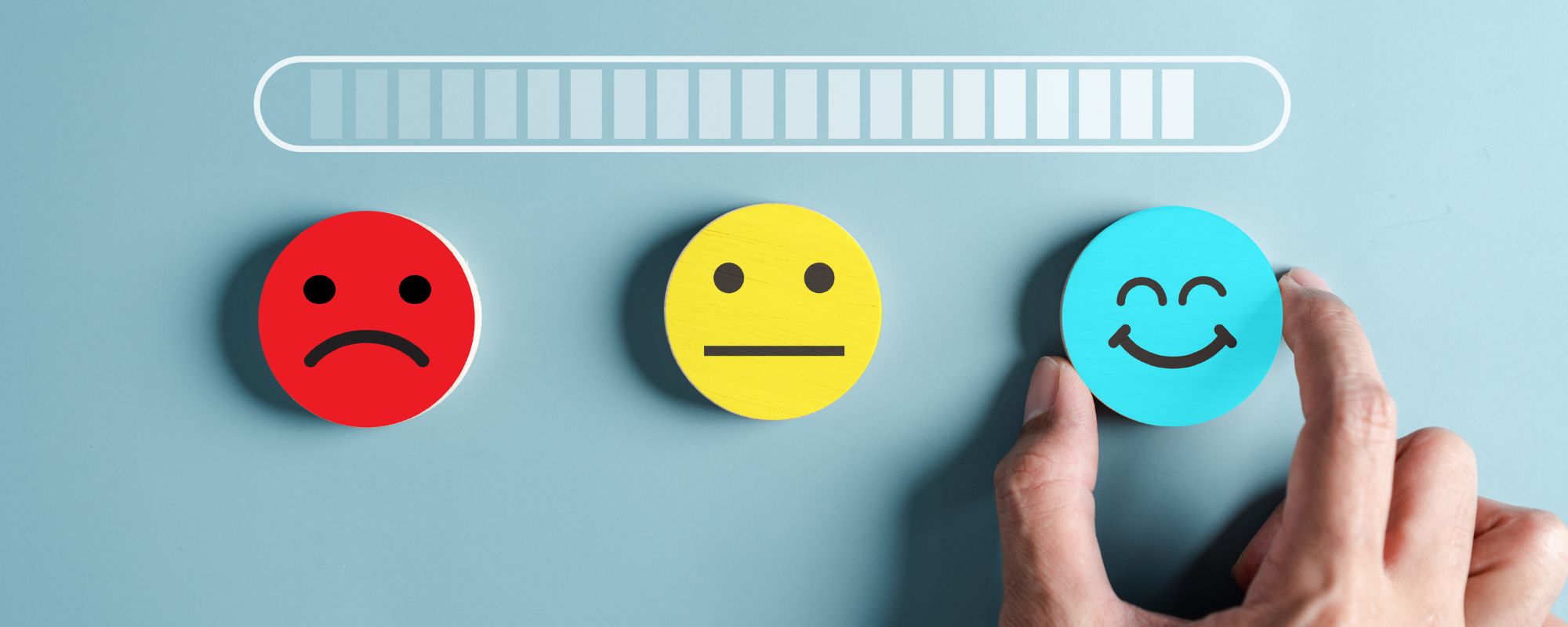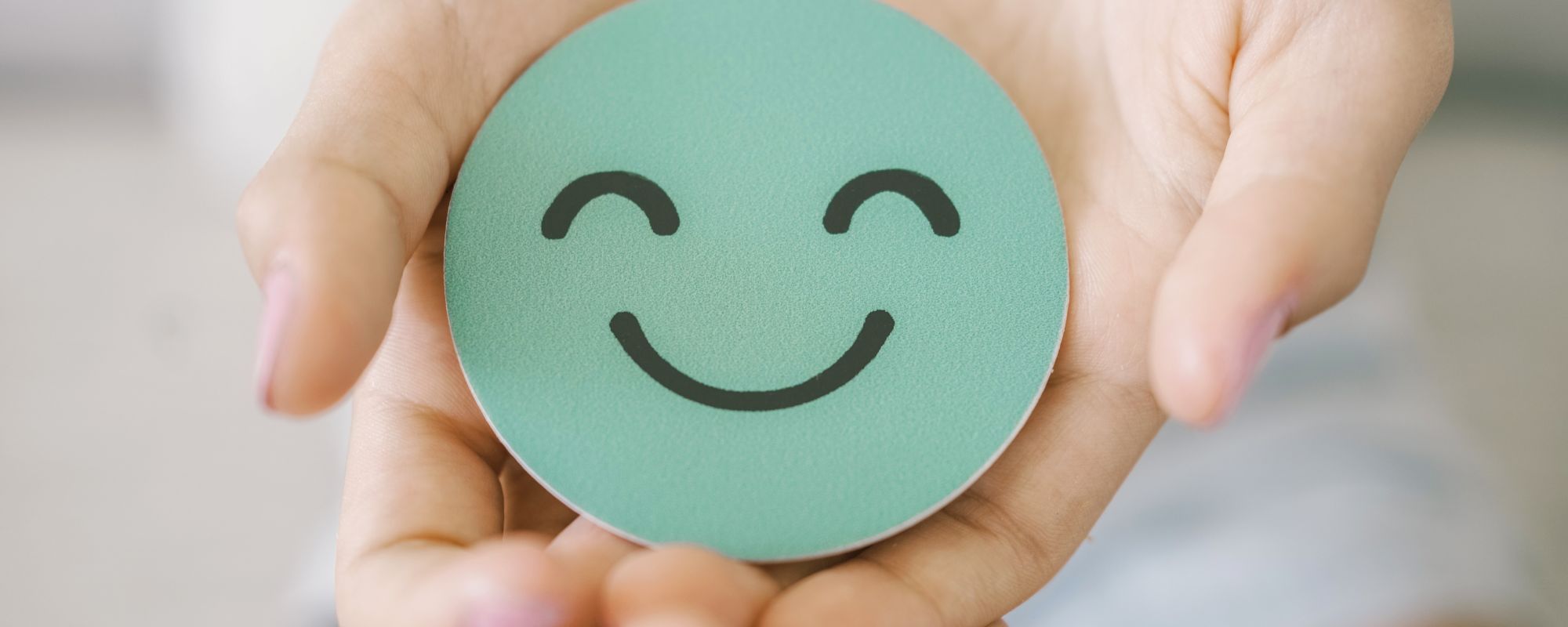Borderline Personality Disorder (BPD) affects between 0.7% and 2.7% of the U.S. population, but it’s been historically considered more common in women than men. In general, women have a clinically higher rate of BPD than men at 3% vs. 2.4%, respectively — and 75% of all people diagnosed with BPD (about three in four) are women.
Although these differences aren’t that great, BPD in men is a significant problem in the mental health space. But it’s almost stigmatized in the way it’s culturally perceived — often misunderstood or misdiagnosed in the paradigm of mental illness and personality disorders.
Yet, because BPD symptoms in men can manifest differently than they do in women, they’re often overlooked because of the misconceptions surrounding how the disorder impacts men. This can result in many men with BPD not recognizing their challenges or struggles as legitimate, diagnosable symptoms of a serious disorder.
The truth is that BPD in men demands awareness since it can impact your health, well-being and relationships — diminishing your ability to live your best life. Left untreated, BPD can also lead to the development of other mental health conditions.
Here’s what the symptoms and signs of BPD in men look like and how to get help for yourself or someone you care about.
What Is Borderline Personality Disorder?
Like many similar disorders, BPD is a complex, chronic mental health condition that affects the way one’s thoughts, feelings and behaviors are negatively interconnected in every facet of daily life.
BPD is primarily punctuated by an inability to control and regulate emotions, which can result in developing an unhealthy and unstable identity, radically extreme and unpredictable mood swings, and impulsive behaviors. People with BPD often struggle with their sense of self, fluctuating between feelings of worthlessness and grandiosity.
“People with borderline personality disorder have a strong fear of abandonment or being left alone,” notes the Mayo Clinic. “Even though they want to have loving and lasting relationships, the fear of being abandoned often leads to mood swings and anger. It also leads to impulsiveness and self-injury that may push others away.”
Personal relationships may become further complicated since a person with BPD may tend to vacillate their view of a significant other or someone close to them in abrupt, dramatic ways. “They can go from idealizing others to devaluing them quickly and vice versa,” says the Cleveland Clinic.
Personality Disorder Clusters
Personality disorders (such as bipolar disorder) exist clinically on a cluster spectrum. BPD is part of Cluster B — classified as dramatic and erratic — alongside other conditions like antisocial and narcissistic personality disorders. BPD often originates in one’s later teenage years or early adulthood.
“People with borderline personality disorder often feel as though they lacked a certain level of nurturing while growing up,” notes Johns Hopkins Medicine. “As a result, they constantly seek a higher level of caretaking from others as adults. This may be achieved through manipulation of others, leaving them often feeling empty, angry, and abandoned.”
A person with BPD may react to these feelings through a number of extreme behaviors, like abusing substances, promiscuous/unsafe sex, reckless driving, careless gambling or spending, or suicide attempts.
According to the Mayo Clinic, many people with BPD are unaware they have it and don’t know of a way to act and relate healthily to others.
BPD in Men vs Women
How common is BPD in men? Although BPD is often considered a predominantly female disorder, men can experience its adversely consuming impacts to equal effect. The difference is in the way BPD manifests itself between both genders.
“There is particular focus on symptoms and comorbid disorders, which shows a tendency of males with BPD to more likely exhibit externalizing symptoms and comorbid disorders, while females with BPD to more likely exhibit internalizing symptoms and comorbid disorders,” notes a 2022 study, Sex differences in borderline personality disorder.
“BPD females more likely reported affective instability, identity disturbance, chronic feelings of emptiness and unstable relationships, but not self-harm behaviors,” notes a 2024 study. “Conversely, men were significantly more likely to engage in impulsive behaviors and express outbursts of anger.”
However, that doesn’t mean that signs of BPD in men are entirely overt (despite histrionic behavior typical between both genders). Quiet BPD in men — an internalized form of the disorder and one of four BPD subtypes — is less common than in women, but it can make diagnosing BPD symptoms in men even more difficult than it already is in the clinical world. They may internalize their distress rather than acting out, appearing calm on the surface but all the while battling intense emotional turmoil internally.
Looking for quality treatment for substance abuse and mental health that’s also affordable? Aliya Health Group's treatment facilities accept most major insurance providers. Get a free insurance benefits check now!
Check Your CoverageSigns and Symptoms of BPD in Men
“An unstable sense of self, anger, aggression, self-harm and substance abuse are common symptoms for men with borderline personality disorder (BPD),” states the National Alliance on Mental Illness.
The signs of BPD can manifest themselves uniquely depending on a person’s genetics, family history, personality, and environment. But it’s important to recognize symptoms since BPD is treatable.
Emotional
BPD is a disorder rooted in emotional dysregulation, and the symptoms can take shape in a similar, yet more volatile, manner than in women:
- Extreme, unpredictably shifting mood swings
- An intense fear of abandonment, even in stable relationships
- Difficulty regulating emotions, leading to uncontrollable anger or internal friction
- Chronic, deep-seated feelings of emptiness and low self-worth
- Risk of developing other co-occurring mental health disorders (“[Men with BPD] are also more likely to be paranoid, passive-aggressive, narcissistic or sadistic,” notes one study.)
Behavioral
Contrary to the common internalizing behaviors of women with BPD, one study published in Psychiatry Research cites “BPD men evidence elevated substance abuse, and ‘externalizing’ patterns of behavior, antisocial personality traits, violent self-harm and interpersonal aggression.”
- Impulsive decision-making, including reckless spending or driving, or unsafe sex
- Explosive, temperamental anger and aggressive outbursts (“Gender differences have been noted in other studies, with BPD men being more likely to display ‘intensive anger,’” notes the Psychiatry Research study.)
- The study cites research profiling general and intimate partner violence from men with BPD, “with the latter associated with negative urgency (regrettable behavior in response to distressing emotions).”
- Frequent interpersonal conflicts with loved ones, friends or colleagues, or getting into fights
- Self-sabotaging behaviors, such as pushing people away before they can leave
Physical
BPD symptoms in men, undiagnosed and neglected, can also begin to arise with other physical — and mental health — ailments:
- Chronic stress leading to headaches, stomach issues, or muscle tension
- Sleep disturbances, including insomnia or hypersomnia (sleeping too little or too much)
- Unhealthy coping mechanisms, such as alcohol or drug abuse or binge eating
- Self-harm or suicidal thoughts (“Men with BPD are more impaired and may be at higher risk of dying by suicide compared to women with BPD,” notes a 2018 study.)
How Does BPD in Men Affect Relationships?
Relationships can become a challenging terrain to traverse when involved with someone living with BPD. The instability that BPD creates can disrupt the intimate equilibrium that every relationship deserves. And men with BPD often have difficulty maintaining healthy, stable connections due to an intense fear of abandonment.
Stormy relationship struggles due to BPD may include:
- Jealousy and possessiveness: A deeply ingrained fear of rejection — real or perceived — can lead to controlling behaviors.
- Push-pull dynamics: Swinging between intense love and sudden withdrawal, sometimes for no apparent reason, can confuse and hurt one’s partner. (“One defense is called “splitting” — putting some people on a pedestal while devaluing others,” notes Mental Health America.)
- Explosive arguments: As difficulty managing emotions is a telltale sign of BPD in men, it can often lead to frequent conflicts and partner violence.
- Difficulty trusting others: Men with BPD may assume the worst in relationships, leading to paranoia, insecurity, and lying, which can erode trust and weaken a pair’s bond.
Get confidential help from our addiction and mental health treatment facilities located across the United States. Call to join one of our quality programs today!
Speak With Our Admissions TeamTreatment for Borderline Personality Disorder in Men
According to the 2024 BPD study highlighted above, women are known to be more likely to seek mental health help compared to men. And for men, this can prove challenging, even discouraging, due to societal norms frowning on men displaying emotional vulnerability. The misconception that BPD is a “women’s disorder” only exacerbates the problem, preventing many men from receiving an accurate BPD diagnosis.
But men’s mental health treatment is available for borderline personality disorder in men, and the good news is that you have several avenues to travel down the road to recovery:
Evidence-Based Psychotherapy
Talk therapy is touted as the preferred treatment for BPD in men. The goal of therapy with a psychologist or counselor is to give voice to your struggle with BPD, recognize and understand the underlying nature of the disorder (where it originated from and how it’s impacted you) and reconcile your thoughts, feelings and behaviors.
Cognitive behavioral therapy (CBT) is one treatment of choice. It’s designed to help you intercept negative thoughts and reframe your mental processes into a more positive narrative that, in turn, translates into healthy coping mechanisms and behaviors with others. Dialectical behavioral therapy (DBT) is a similar type of therapy, helping you to accept the reality of your BPD and how it’s affected your life, teaching you skills to regulate your emotions better.
Holistic Treatment Options
Men’s mental health encompasses so much more than psychotherapy. Holistic therapy exists to address how mental health conditions like BPD in men affect your mind, body and spirit — and by engaging in therapies like yoga, mindfulness meditation, nutritional counseling or neurofeedback, you can begin to heal all three in tandem, creating harmony, balance and emotional stability.
Holistic treatment is the ideal companion to evidence-based psychotherapy, building on your toolkit for managing your BPD symptoms in men and bolstering your healing and renewal.
Medication
There currently is no specific medication for treating BPD, but your doctor or therapist may prescribe it depending on the severity of your symptoms. For instance, if mood swings, anxiety or depression are symptomatic of your BPD, medications such as mood stabilizers, antidepressants or antipsychotics may be recommended in conservative dosages.
As always, medication is most effective when it’s used in conjunction with talk and holistic therapies.
Finding BPD Treatment Near Me
BPD can manifest itself in many unique ways, but that doesn’t make it any less treatable. It takes bravery and courage to take the first step to seek help for a loved one — and we can assist in creating a treatment plan that’s tailored to their needs and what works best for their recovery journey.
Aliya Health Group’s various treatment centers for mental health and substance use disorders are experienced in addressing borderline personality disorder in men. Our admissions team can answer your questions about therapy, cost, insurance coverage, and more by contacting us today.
If past attempts to improve your mental health have been unsuccessful, please reach out to us today. You can change your life with one phone call.
- https://www.ncbi.nlm.nih.gov/books/NBK430883/
- https://www.mayoclinic.org/diseases-conditions/borderline-personality-disorder/symptoms-causes/syc-20370237
- https://www.hopkinsmedicine.org/health/conditions-and-diseases/personality-disorders
- https://my.clevelandclinic.org/health/diseases/9762-borderline-personality-disorder-bpd
- https://pmc.ncbi.nlm.nih.gov/articles/PMC3115767/
- https://pmc.ncbi.nlm.nih.gov/articles/PMC9803119/
- https://www.psychologytoday.com/us/blog/living-emotional-intensity/202107/the-struggles-quiet-bpd
- https://www.nimh.nih.gov/health/publications/borderline-personality-disorder
- https://www.nami.org/in-the-news/the-most-surprising-symptoms-of-borderline-personality-disorder-in-men/
- https://www.sciencedirect.com/science/article/pii/S0165178117303578
- https://www.verywellhealth.com/borderline-personality-disorder-in-men-5096081
- https://onlinelibrary.wiley.com/doi/10.1111/acps.12981
- https://www.verywellhealth.com/borderline-personality-disorder-in-men-5096081
- https://pmc.ncbi.nlm.nih.gov/articles/PMC10811047/
- https://www.mayoclinic.org/diseases-conditions/borderline-personality-disorder/diagnosis-treatment/drc-20370242
- https://mhanational.org/conditions/borderline-personality-disorder















